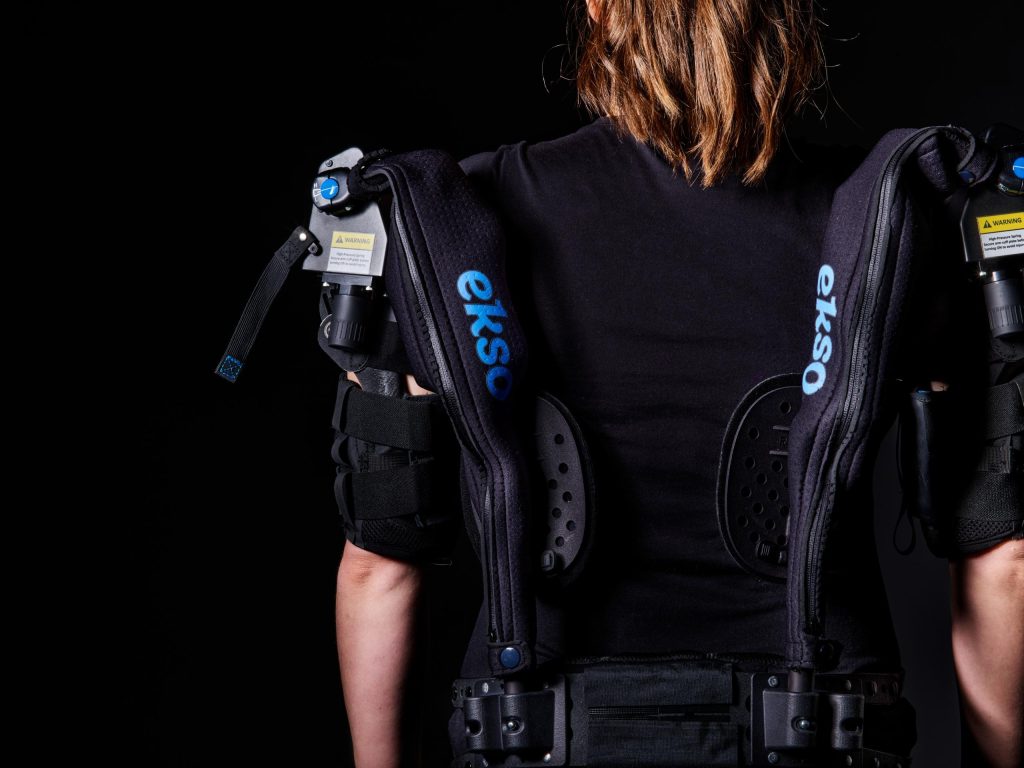More than one million people in California work in the manufacturing and industrial fields, dedicating their lives to making the products we use every single day. From food and clothing to cars and electronics, the Golden State has the largest state economy as well as manufacturing output in the entire nation, according to Business Insider.
Sadly, though, factory workers who process, sort, and pack products on an assembly line or who use heavy machinery to produce the goods we use every day are at a significantly higher risk of injury than other workers. Indeed, the manufacturing industry is one of the top three occupations that has the largest number of injuries that results in days off work.
The most common injuries include:
- Muscle strain
- Broken bones
- Spinal cord injuries
- Respiratory issues
- Illness due to chemical exposure
- Poisoning
- Vision loss
- Broken bones
- Burn injuries
- Hearing loss
- Carpal tunnel syndrome
- Tendonitis
What can be done to reduce all those injuries? Exoskeletons to the rescue! A growing number of warehouses, factories and construction sites are integrating exoskeleton devices into their daily operations to reduce injury and to increase productivity. Such exoskeletons are designed to augment, restore or reinforce human performance to alleviate strain.

Common Injuries in Industrial Workers
There’s little doubt that factory workers have physically demanding jobs; but on top of that, they are constantly navigating and avoiding the hazards of working in manufacturing plants and production facilities. And while different workers are assigned to different environments to perform different job duties, they all face very similar risks across the entire industry.
Check out the most common accidents for industrial workers and the injuries that result.
1. Overexertion Injuries
Manufacturing jobs require that workers be on their feet constantly, lifting heavy objects, bending, twisting, and working in awkward positions. Overexertion injuries occur when someone is pushed beyond their physical capabilities, gets fatigued, and suffers from reduced muscular capacity. Some of the most common include strains, sprains and back injuries.
2. Contact With Objects and Equipment
Workers often get injured when coming into contact with a piece of equipment or other object. A piece of their clothing could get caught in a machine, crushing a limb, or they could get caught, stuck, or crushed by falling material.
3. Repetitive Motion Injuries
These occur when workers repeat the same motions every day for long periods of time. They develop when a worker’s connective tissues, including ligaments and tendons, slowly wear down and get inflamed. The longer a repetitive motion injury is allowed to go on without treatment, the worse the prognosis and symptoms.
4. Slips, Trips, and Falls
Spilled liquids on the floor may cause a worker to fall down and break a bone, while misplaced objects pose a tripping hazard. Falls from elevated platforms are also common when not secured with safety railings.
5. Exposure to Harmful Substances
Those who work in chemical manufacturing plants in particular are exposed to harmful substances. They may inhale toxic fumes that result in respiratory illness, or they are exposed to dangerous substances that can splash on their clothing or skin, causing a burn or blindness.
The bottom line is that most industrial injuries force workers to take time off work. This impacts production levels, which impacts how much money your company can make. If you have a severely injured employee, they may require surgery and rehabilitation before returning to their job, which costs you additional money.
How Exosuits Are Helping
Exoskeleton companies like Ekso Bionics are making huge strides when it comes to worker safety and productivity, making exosuits that keep workers safer on the manufacturing or factory floor.
Manufacturing industries are increasingly turning to exoskeletons to ensure their workers perform tasks smarter, more efficiently, and in a safer manner.
Injuries associated with moving and lifting heavy workloads are a main concern of human resources departments, labor unions and government regulators.
Several recent and ground breaking advances in the field of robotics have allowed robotic exoskeleton companies to craft intelligent solutions that remove the heavy loads off the backs of humans. Some even allow the wearer to pick up and move hundreds of pounds without stress on the body.
Many industries use exoskeletons to improve safety. The agriculture industry, for example, involves high levels of manual labor, so farmers are using exoskeletons to lighten their loads. Logistics firms, as another example, are using exoskeletons to help their workers move faster and more efficiently for fulfillment and warehousing applications.
Robotic exoskeletons bring worker centrality to the factories of the future, helping to support workers and improve the quality of their working hours, according to MachineDesign.
Assisting human workers as they perform repetitive and manual tasks is a key goal, particularly in light of a globally-aging workforce and the fatigue associated with a number of manufacturing tasks.

Contact Ekso Bionics
How can robotic exoskeletons help your workers avoid injury? We can discuss your needs when you contact us at 510-984-1761 or request a free demo online.